Rugby League Worldwide – Identity, Reaction, And Respect
Rugby league is more than a sport—it’s a living culture shaped by grit, grace, and groundedness. Across male, female, and disability formats, players demonstrate extraordinary coolness under pressure and quick reactions in high-stakes environments. The game’s identity is forged in working-class roots, emotional storytelling, and inclusive values. Whether in the NRL, NRLW, or disability leagues, athletes embody a blend of physical toughness and emotional intelligence. Fans connect deeply with the sport’s authenticity, drawn to its raw energy and human depth. Rugby league resists elitism, favoring community, resilience, and character. Its rhythm is fast, tactical, and unforgiving—demanding instant decisions and unwavering focus. Players are not just performers but cultural figures who reflect the spirit of their communities. The sport’s coolness lies in its ability to remain composed amid chaos.
Table
| Element Of Identity | Description | Impact On Rugby League Culture |
|---|---|---|
| Working-Class Roots | Origin in labor communities | Emphasizes humility and grit |
| Emotional Storytelling | Focus on personal journeys | Builds fan connection |
| Tactical Physicality | Fast, strategic gameplay | Demands quick thinking |
| Inclusive Ethos | Welcoming diverse backgrounds | Encourages participation |
| Community Engagement | Clubs as local anchors | Fosters loyalty and pride |

The Anthem Intruder – Jarvo’s Unexpected Moment With The Kangaroos
Daniel Jarvis, known as Jarvo, stunned fans when he lined up with the Australian Kangaroos during the national anthem. Wearing a replica jersey marked “Jarvo 69,” he stood beside Cameron Munster, arm around the star player. Munster later joked he thought Jarvo was “Kevvie’s cousin,” referencing coach Kevin Walters. The prank occurred during the second Ashes Test against England in Liverpool. Security was slow to react, allowing Jarvo to remain through the anthem. Players showed remarkable composure, choosing not to escalate the situation. Fans responded with amusement rather than outrage. The moment became a viral highlight of the match. It revealed the relaxed, inclusive culture of rugby league. Jarvo’s prank set the tone for a deeper look into the sport’s identity. It was Jarvo’s Unexpected Moment With The Kangaroos!
Points
- Jarvo wore a Kangaroos jersey and joined the anthem lineup.
- Cameron Munster thought he was a relative of the coach.
- Security allowed him to remain during the anthem.
- The players did not react aggressively.
- Fans found the moment humorous.
- The prank became a viral sensation.
- It occurred during the Ashes Test in Liverpool.
- Jarvo has a history of sports-related pranks.
- The incident reflected rugby league’s calm culture.
- It introduced a broader conversation about the sport’s identity.
Male Athletes – Strength And Strategy In The NRL
Male players in the NRL are known for their explosive power and tactical precision. They train to react instantly under pressure. Leadership is cultivated through mentorship and experience. Many players rise from grassroots programs. The NRL celebrates both veterans and emerging talent. Media coverage often highlights physical feats and game-breaking moments. Off the field, players engage in charity and community work. Mental resilience is a key trait among top performers. The league supports personal development and education. Male athletes shape the sport’s public image.
Table
| Attribute | Male Athletes In NRL | Cultural Impact |
|---|---|---|
| Explosive Power | High-impact physicality | Defines game intensity |
| Tactical Precision | Strategic decision-making | Elevates gameplay |
| Leadership | Mentorship and role modeling | Builds team culture |
| Community Engagement | Charity and outreach | Strengthens local ties |
| Media Visibility | Frequent coverage | Shapes public perception |
Female Athletes – Resilience And Representation In The NRLW
The NRLW showcases female athletes who embody skill, strength, and emotional intelligence. Women’s rugby league has grown rapidly in visibility and support. Players often balance sport with careers and family. Their stories resonate with fans seeking authenticity. The NRLW emphasizes inclusivity and leadership. Media coverage is expanding, highlighting athleticism and character. Female players are role models for young athletes. The league invests in development and pathways. Resilience defines the NRLW ethos. Women in rugby league are reshaping the sport’s narrative.
Points
- NRLW athletes combine skill with emotional depth.
- Visibility of women’s rugby league is growing.
- Players often juggle sport and personal responsibilities.
- Authenticity is a core appeal for fans.
- Leadership is central to the NRLW culture.
- Media coverage highlights character and performance.
- Female players inspire future generations.
- Development pathways are expanding.
- Resilience is a defining trait.
- Women are transforming rugby league’s identity.
Disability Rugby League – Courage, Creativity, And Community
Disability rugby league includes wheelchair and physical disability formats. Their gameplay is strategic, intense, and emotionally powerful. The leagues emphasize accessibility and representation. Players often serve as ambassadors for inclusion. Matches showcase adaptability and tactical brilliance. Fans are drawn to the courage and creativity on display. The sport challenges stereotypes and expands possibilities. Disability rugby league is a vital part of the game’s future. It reflects rugby league’s deepest values.
Table
| Format | Key Traits | Cultural Contribution |
|---|---|---|
| Wheelchair Rugby League | Strategic, adaptive, intense | Expands accessibility |
| Physical Disability League | Courageous, communal, proud | Challenges stereotypes |
| Ambassador Roles | Inclusion and visibility | Promotes representation |
| Tactical Innovation | Creative gameplay | Elevates strategic depth |
| Emotional Impact | Powerful storytelling | Builds empathy and pride |
Quick Reactions – The Athletic Intelligence Of Rugby League Players
Rugby league players are trained to make split-second decisions under extreme pressure. Male athletes often showcase explosive power combined with tactical precision. Female athletes bring a unique blend of agility, vision, and emotional resilience. Disability athletes demonstrate extraordinary adaptability and strategic thinking. The game’s structure rewards anticipation, reaction speed, and spatial awareness. Coolness under pressure is not just a trait—it’s a survival skill in high-stakes matches. Players learn to read body language, predict movement, and adjust tactics instantly. Off the field, this quick thinking translates into leadership and community engagement. The Jarvo incident highlighted how players can remain composed even in unexpected scenarios. Rugby league’s culture of calm decisiveness is a defining feature across all formats.
Points
- Split-second decisions are central to gameplay.
- Male athletes combine power with precision.
- Female athletes emphasize agility and vision.
- Disability athletes showcase adaptability.
- Anticipation and awareness are key skills.
- Coolness under pressure is essential.
- Tactical adjustments happen instantly.
- Off-field leadership reflects on-field intelligence.
- The Jarvo moment revealed composure.
- Calm decisiveness defines rugby league culture.
Composure In Chaos – How Players Handle The Unexpected
Rugby league players are often confronted with unpredictable situations on and off the field. Whether it’s a last-minute tactical shift or an anthem-line prank, their ability to stay composed is critical. Training programs emphasize mental resilience alongside physical conditioning. Coolness under pressure is not just a personality trait—it’s a cultivated skill. Players learn to regulate emotion, maintain focus, and respond with clarity. This composure builds trust among teammates and coaches. It also earns respect from fans and media. The Jarvo incident exemplified this trait in real time. No one panicked, no one overreacted. Rugby league’s culture of calm is one of its defining strengths.
Points
- Players face unpredictable scenarios regularly.
- Mental resilience is part of training.
- Emotional regulation is a learned skill.
- Composure builds team trust.
- Fans admire calm responses.
- Coaches value clarity under pressure.
- The Jarvo moment showed real-time coolness.
- No escalation occurred during the prank.
- Calmness is a cultural strength.
- Rugby league thrives on composed leadership.
Leadership Styles – Captains, Coaches, And Cultural Influence
Leadership in rugby league takes many forms, from tactical direction to emotional support. Captains often serve as cultural anchors, setting tone and expectations. Coaches balance strategy with mentorship, shaping both performance and identity. Veteran players guide younger teammates through example and encouragement. Leadership is distributed, not centralized—everyone contributes. The sport values humility and accountability in its leaders. Off-field leadership includes media engagement and community outreach. Female captains in the NRLW often lead with emotional intelligence and clarity. Disability league leaders model adaptability and courage. Rugby league’s leadership culture is inclusive, dynamic, and deeply personal.
Table
| Leadership Role | Traits Displayed | Impact On Team Culture |
|---|---|---|
| Captain | Tactical clarity, emotional tone | Sets team expectations |
| Coach | Strategy, mentorship | Shapes performance identity |
| Veteran Player | Experience, guidance | Builds trust and cohesion |
| Female Leader | Emotional intelligence, resilience | Models inclusive leadership |
| Disability Captain | Adaptability, courage | Inspires broader respect |

Fan Connection – Why Support Runs Deep
Rugby league fans are known for their loyalty and emotional investment. They follow players’ careers, celebrate their triumphs, and empathize with their setbacks. The sport’s storytelling invites personal connection. Fans see themselves reflected in the grit and grace of the athletes. Community clubs foster local pride and generational support. Supporters often engage in volunteer work and fundraising. The relationship between fans and players is reciprocal. Athletes acknowledge and honor their supporters. Fan culture includes chants, rituals, and shared narratives. Rugby league’s emotional depth makes its fanbase uniquely devoted.
Points
- Fans are emotionally invested in players.
- Storytelling fosters personal connection.
- Community clubs build local pride.
- Support spans generations.
- Fans contribute through volunteering.
- Players honor their supporters.
- Rituals and chants deepen engagement.
- Shared narratives unite fans.
- Emotional depth defines the fanbase.
- Loyalty is a cultural cornerstone.
Media Representation – Visibility And Narrative Control
Media coverage shapes public perception of rugby league. Male athletes often receive attention for physical feats and controversy. Female athletes are increasingly highlighted for leadership and resilience. Disability players are gaining visibility through targeted campaigns. Narrative control is shifting toward authenticity and diversity. Social media allows players to share their own stories. Interviews and documentaries explore emotional and cultural dimensions. Media outlets are adapting to fan demand for deeper content. Representation affects recruitment, sponsorship, and public respect. Rugby league’s media landscape is evolving toward inclusivity.
Table
| Media Focus | Coverage Trends | Cultural Impact |
|---|---|---|
| Male Athletes | Physicality, controversy | Shapes mainstream image |
| Female Athletes | Leadership, resilience | Expands gender representation |
| Disability Players | Inclusion, courage | Challenges stereotypes |
| Social Media | Personal storytelling | Builds direct fan connection |
| Documentaries | Emotional depth | Enhances cultural respect |
Training For Coolness – How Mental Conditioning Shapes Performance
Rugby league training goes beyond physical drills—it includes psychological preparation for high-pressure moments. Athletes learn to manage adrenaline, focus attention, and regulate emotion. Visualization techniques are common in elite programs. Coaches emphasize breathing control and mental resets during gameplay. Players rehearse scenarios involving unexpected disruptions. Mental conditioning is integrated into recovery and injury management. Leadership workshops build emotional intelligence. Female and disability athletes often lead in this area, modeling resilience and clarity. The result is a culture of calm, even in chaos. Coolness is not accidental—it’s engineered.
Points
- Mental conditioning is part of elite training.
- Visualization helps players prepare for pressure.
- Breathing control is emphasized.
- Emotional regulation is rehearsed.
- Disruption scenarios are practiced.
- Recovery includes psychological support.
- Leadership workshops build EQ.
- Female and disability athletes excel in this area.
- Calmness is a trained response.
- Coolness is a product of preparation.
Game Speed – Reaction Time And Tactical Flow
Rugby league is one of the fastest team sports in the world. Players must react within fractions of a second to shifting formations and ball movement. Tactical flow depends on communication, anticipation, and spatial awareness. The game’s structure rewards quick decision-making and adaptability. Male athletes often rely on explosive acceleration and directional changes. Female athletes use vision and timing to control tempo. Disability formats showcase strategic pacing and precision. Coaches design drills to simulate real-time pressure. Reaction time is measured and improved through technology. Speed is not just physical—it’s cognitive.
Table
| Speed Element | Description | Impact On Gameplay |
|---|---|---|
| Reaction Time | Split-second decisions | Determines success under pressure |
| Tactical Flow | Coordinated movement and spacing | Enables strategic execution |
| Communication | Verbal and non-verbal cues | Builds team cohesion |
| Vision And Timing | Anticipation and tempo control | Shapes game rhythm |
| Strategic Pacing | Controlled intensity in disability formats | Enhances precision |
Inclusive Pathways – How Rugby League Welcomes All Backgrounds
Rugby league has expanded its reach to include players from diverse cultural, gender, and ability backgrounds. Grassroots programs target underrepresented communities. Scholarships and mentorships support emerging talent. The NRLW and disability leagues offer visible platforms for inclusion. Cultural festivals and heritage rounds celebrate identity. Language support and community liaisons improve access. Clubs partner with schools and local organizations. Players share stories that resonate across cultures. Inclusivity is not a slogan—it’s a structural priority. Rugby league builds belonging through action.
Points
- Grassroots programs target diverse communities.
- Scholarships support emerging talent.
- NRLW and disability leagues offer visibility.
- Cultural events celebrate identity.
- Language support improves access.
- Clubs partner with schools.
- Community liaisons build trust.
- Players share personal stories.
- Inclusion is structurally supported.
- Belonging is built through action.
Tactical Intelligence – Reading The Game In Real Time
Rugby league players must interpret complex patterns and adjust instantly. Defensive lines shift, attacking shapes evolve, and space opens unpredictably. Tactical intelligence is fast adn changing which involves reading body language, predicting movement, and managing risk. Male athletes often use brute force to create space. Female athletes rely on timing and deception. Disability formats emphasize strategic positioning and anticipation. Coaches teach pattern recognition and situational awareness. Video analysis supports learning and refinement. Tactical decisions are made under extreme time constraints. Intelligence is measured in milliseconds.
Table
| Tactical Skill | Description | Role In Decision-Making |
|---|---|---|
| Pattern Recognition | Identifying formations and shifts | Enables anticipation |
| Risk Management | Calculating safe vs bold choices | Balances aggression and caution |
| Body Language Reading | Interpreting opponent intent | Informs defensive response |
| Strategic Positioning | Optimal placement in disability formats | Enhances control |
| Video Analysis | Reviewing gameplay for improvement | Refines tactical execution |
Emotional Intelligence – The Quiet Power Behind Rugby League
Rugby league players are often praised for their physicality, but emotional intelligence is equally vital. Athletes must manage stress, read teammates’ moods, and respond to adversity with clarity. Female players in particular model emotional leadership, balancing intensity with empathy. Disability athletes often navigate complex emotional landscapes with grace and courage. Coaches now integrate emotional literacy into training programs. Post-match reflections include emotional check-ins and peer support. Media narratives increasingly highlight vulnerability and growth. Emotional intelligence strengthens team cohesion and fan connection. It also helps players transition into leadership and mentorship roles. Rugby league’s emotional depth is one of its most underrated strengths.
Points
- Emotional intelligence is essential in rugby league.
- Players manage stress and read team dynamics.
- Female athletes model emotional leadership.
- Disability athletes show emotional resilience.
- Coaches include emotional literacy in training.
- Post-match reflections involve emotional check-ins.
- Media highlights vulnerability and growth.
- Emotional depth builds team cohesion.
- It supports leadership development.
- Rugby league values emotional strength.
Recovery Resilience – Injury Bounce Back
Injuries are inevitable in rugby league, but recovery is a testament to resilience. Players undergo rigorous physical therapy and mental conditioning. Support teams include physiotherapists, psychologists, and nutritionists. Recovery timelines vary across formats and individuals. Female athletes often face unique challenges balancing rehab with life responsibilities. Disability players navigate recovery with adaptive strategies. Mental health support is increasingly prioritized. Comeback stories inspire fans and teammates alike. Resilience is celebrated as much as performance. Rugby league honors the journey, not just the result.
Table
| Recovery Element | Description | Role In Resilience |
|---|---|---|
| Physical Therapy | Rehabilitation of injuries | Restores strength and mobility |
| Mental Conditioning | Psychological support during rehab | Builds confidence and focus |
| Adaptive Strategies | Customized recovery for disability formats | Enables safe return |
| Nutrition And Rest | Fuel and recovery optimization | Accelerates healing |
| Emotional Support | Peer and professional guidance | Reduces isolation and fear |

Ritual And Atmosphere – The Symbolic Side Of Rugby League
Rugby league is rich in ritual, from pre-game routines to post-match traditions. Players often follow personal superstitions or team-wide customs. Fans engage in chants, colors, and coordinated celebrations. Cultural rounds honor Indigenous, Pacific Islander, and multicultural heritage. Disability formats include inclusive ceremonies and recognition events. Ritual builds atmosphere and emotional resonance. It connects generations and deepens identity. Coaches use ritual to foster unity and focus. Media coverage amplifies symbolic moments. Rugby league’s rituals are emotional anchors.
Points
- Rituals are central to rugby league culture.
- Players follow personal and team customs.
- Fans engage in chants and celebrations.
- Cultural rounds honor diverse heritage.
- Disability formats include inclusive ceremonies.
- Ritual builds emotional resonance.
- It connects generations of fans.
- Coaches use ritual for unity.
- Media amplifies symbolic moments.
- Rituals anchor rugby league’s identity.
Coaching Philosophy – Building Character And Strategy
Coaches in rugby league balance tactical expertise with character development. Training sessions include technical drills and emotional guidance. Coaches adapt their style to suit team dynamics. Female coaches in the NRLW emphasize communication and empowerment. Disability league coaches focus on adaptability and inclusion. Leadership is cultivated through trust and consistency. Strategy evolves with player feedback and performance data. Coaches serve as mentors, not just tacticians. Their influence extends beyond the field. Rugby league coaching is a holistic practice.
Table
| Coaching Element | Description | Impact On Team Culture |
|---|---|---|
| Tactical Expertise | Game planning and execution | Drives performance |
| Emotional Guidance | Support and regulation | Builds resilience |
| Adaptive Style | Flexible coaching methods | Enhances inclusivity |
| Empowerment Focus | Leadership development in NRLW | Strengthens team identity |
| Mentorship Role | Personal growth and support | Extends beyond gameplay |
Celebrating Imperfection – Why Rugby League Embraces The Flawed
Rugby league doesn’t demand perfection—it celebrates effort, grit, and recovery. Players are allowed to fail, learn, and grow. Mistakes are part of the narrative, not a detour from it. Fans appreciate vulnerability and honesty. Comeback stories are central to the sport’s mythology. Coaches encourage risk-taking and experimentation. Media coverage often highlights redemption arcs. Disability formats showcase courage over flawlessness. Female athletes model resilience through adversity. Rugby league finds beauty in imperfection.
Points
- Rugby league celebrates effort over perfection.
- Mistakes are part of the journey.
- Fans value vulnerability and growth.
- Comebacks are central to the sport’s story.
- Coaches support risk-taking.
- Media highlights redemption arcs.
- Disability formats prioritize courage.
- Female athletes model resilience.
- Imperfection is embraced.
- Rugby league finds beauty in flaws.
Global Influence – Rugby League’s Expanding Footprint
Rugby league is growing beyond its traditional strongholds. International tournaments bring visibility to emerging nations. Pacific Islander players have reshaped the sport’s style and culture. Women’s rugby league is expanding across continents. Disability formats are gaining traction globally. Cultural exchange enriches gameplay and identity. Coaches and players travel to share expertise. Media coverage of international matches is increasing. Global fans connect through digital platforms. Rugby league’s influence is becoming truly international.
Table
| Global Element | Description | Impact On Rugby League |
|---|---|---|
| International Tournaments | Cross-border competition | Expands visibility |
| Pacific Islander Influence | Style and cultural depth | Enriches gameplay |
| Women’s Expansion | Growth of NRLW globally | Broadens representation |
| Disability Formats Abroad | Inclusive development | Promotes accessibility |
| Digital Fanbase | Online engagement | Builds global community |
Symbolic Phrasing – Language That Shapes Rugby League Identity
Rugby league is rich with symbolic language that reflects its emotional and cultural depth. Phrases like “dig deep,” “hold the line,” and “play for the jumper” carry layered meaning. These expressions connect players to tradition, community, and personal sacrifice. Female athletes often redefine these phrases through inclusive leadership. Disability formats introduce new metaphors of adaptability and courage. Coaches use symbolic language to motivate and unify. Media amplifies these phrases into cultural touchstones. Fans adopt them in chants, banners, and social media. Symbolic phrasing builds emotional continuity across generations. Rugby league speaks in symbols as much as in stats.
Points
- Rugby league uses symbolic language to express identity.
- Phrases carry emotional and cultural weight.
- Female athletes redefine traditional expressions.
- Disability formats introduce new metaphors.
- Coaches use language to unify teams.
- Media amplifies symbolic phrases.
- Fans adopt them in rituals and chants.
- Language builds emotional continuity.
- Symbols matter as much as statistics.
- Rugby league speaks through metaphor.
Matchday Atmosphere – Sensory Experience And Emotional Impact
Matchday in rugby league is a full-body experience. The roar of the crowd, the scent of turf, and the rhythm of chants create immersive energy. Stadium design influences acoustics and visibility. Cultural rounds add layers of music, dance, and ceremony. Disability formats include sensory-friendly zones and inclusive signage. Female-led matches often feature family-oriented programming. Lighting and sound design shape emotional tone. Fans arrive early to participate in rituals. Players feed off the crowd’s intensity. Matchday is a sensory and symbolic celebration.
Table
| Atmosphere Element | Description | Emotional Impact |
|---|---|---|
| Crowd Energy | Chants, cheers, and reactions | Fuels player performance |
| Stadium Design | Acoustics and layout | Shapes fan experience |
| Cultural Programming | Music, dance, ceremony | Adds symbolic depth |
| Sensory Inclusion | Accessibility features | Welcomes all fans |
| Lighting And Sound | Emotional tone-setting | Enhances immersion |
Grassroots Legacy – Where Coolness Begins
Coolness in rugby league starts at the grassroots level. Junior clubs teach composure, teamwork, and respect. Coaches emphasize character as much as skill. Players learn to handle wins and losses with dignity. Community support builds emotional resilience. Female and disability athletes often emerge from these programs. Grassroots rugby league reflects local identity and pride. Rituals and traditions are passed down. Coolness is modeled by mentors and older players. The foundation of elite composure is laid in local fields.
Points
- Grassroots clubs teach composure and respect.
- Character is emphasized alongside skill.
- Players learn emotional resilience early.
- Community support shapes identity.
- Female and disability athletes emerge from grassroots.
- Local pride fuels development.
- Rituals are passed down generationally.
- Mentors model coolness and leadership.
- Elite traits begin in junior programs.
- Grassroots rugby league builds foundational culture.
Post-Match Reflection – Processing Emotion And Performance
After the final whistle, rugby league players enter a phase of reflection. Coaches lead debriefs that balance tactical review with emotional processing. Players share insights and support each other. Female teams often prioritize open dialogue and vulnerability. Disability formats include adaptive feedback methods. Media interviews explore personal reactions and growth. Reflection builds emotional intelligence and strategic clarity. Recovery begins with honest conversation. Post-match rituals include gratitude and acknowledgment. Rugby league honors the emotional aftermath of competition.
Table
| Reflection Element | Description | Role In Player Development |
|---|---|---|
| Tactical Debrief | Review of strategy and execution | Refines gameplay |
| Emotional Processing | Sharing feelings and reactions | Builds resilience |
| Open Dialogue | Prioritized in female formats | Fosters team cohesion |
| Adaptive Feedback | Used in disability formats | Ensures inclusivity |
| Gratitude Rituals | Acknowledging effort and support | Strengthens team culture |
Symbolic Coolness – What Calmness Means In Rugby League
Coolness in rugby league is not aloofness—it’s emotional control, tactical clarity, and cultural respect. Players remain composed in moments of chaos, reflecting deep training and personal discipline. Female athletes often model symbolic coolness through leadership and empathy. Disability formats showcase coolness as adaptive courage. Coaches teach calmness as a strategic asset. Fans interpret coolness as loyalty and resilience. Media narratives elevate composed responses into iconic moments. Jarvo’s prank revealed coolness as kindness, not confrontation. Symbolic coolness is woven into the sport’s rituals and language. Rugby league honors calmness as a form of strength.
Points
- Coolness equals emotional control and clarity.
- Female athletes model coolness through empathy.
- Disability formats show adaptive calmness.
- Coaches teach calmness as strategy.
- Fans see coolness as loyalty.
- Media elevates composed responses.
- Jarvo’s prank revealed kind coolness.
- Rituals reflect symbolic calmness.
- Language reinforces coolness as strength.
- Rugby league honors calmness deeply.

Legacy And Lineage – Passing Down Rugby League Values
Rugby league is a generational sport, passed down through families, communities, and cultural traditions. Players often follow in the footsteps of parents or siblings. Clubs maintain archives, rituals, and oral histories. Female athletes are building a very strong new legacy for future generations. Disability formats create lineage through mentorship and visibility. Coaches honor past players while shaping new ones. Fans celebrate anniversaries, milestones, and historical matches. Cultural rounds connect heritage to gameplay. Legacy is not just performance—it’s emotional continuity. Rugby league’s lineage is living and evolving.
Table
| Legacy Element | Description | Role In Rugby League Culture |
|---|---|---|
| Family Tradition | Generational participation | Builds emotional continuity |
| Club Archives | Historical records and rituals | Preserves identity |
| Female Legacy | Emerging generational impact | Expands representation |
| Disability Mentorship | Role modeling and visibility | Creates inclusive lineage |
| Cultural Rounds | Heritage celebration | Connects past to present |
Conclusion – The Heart Of Rugby League Is Coolness With Character
From anthem-line pranks to high-stakes finals, rugby league reveals its soul through coolness and quick reactions. Male athletes bring explosive power tempered by tactical clarity. Female athletes lead with resilience, empathy, and emotional intelligence. Disability players redefine courage through strategic calmness. Coaches shape composure into culture. Fans respond to calmness with loyalty and pride. Media captures these moments as symbols of strength. Rituals, language, and legacy reinforce coolness as a core value. Rugby league is not just about speed and strength—it’s about grace under fire. In every format, every match, and every moment, coolness with character defines the game.
Table
| Core Element | Description | Symbolic Role In Rugby League |
|---|---|---|
| Male Athlete Coolness | Tactical clarity and power | Shapes public image |
| Female Athlete Coolness | Emotional leadership and resilience | Expands cultural depth |
| Disability Athlete Coolness | Adaptive courage and strategy | Redefines strength |
| Coaching Composure | Mentorship and calm leadership | Builds team identity |
| Fan Interpretation | Loyalty and emotional connection | Sustains cultural meaning |
Join The Discussion – What Does Coolness Mean To You
Rugby league invites fans, players, and communities to reflect on what coolness truly means. Is it composure under pressure, kindness in chaos, or clarity in conflict? Have you witnessed moments where a player’s calmness changed the tone of a match? Do you see coolness differently across male, female, and disability formats?
Points
- Coolness is composure, kindness, and clarity.
- Fans interpret coolness in personal ways.
- Player calmness can shift match dynamics.
- Coolness varies across formats.
- Stories deepen understanding of identity.
- Rituals reflect emotional tone.
- Leadership includes symbolic coolness.
- Legacy is shaped by calm responses.
- Rugby league invites shared meaning.
- Join the conversation and add your voice.
#RugbyLeagueCoolness #NRLIdentity #NRLWLeadership #DisabilityLeagueStrength #JarvoMoment #CalmInChaos
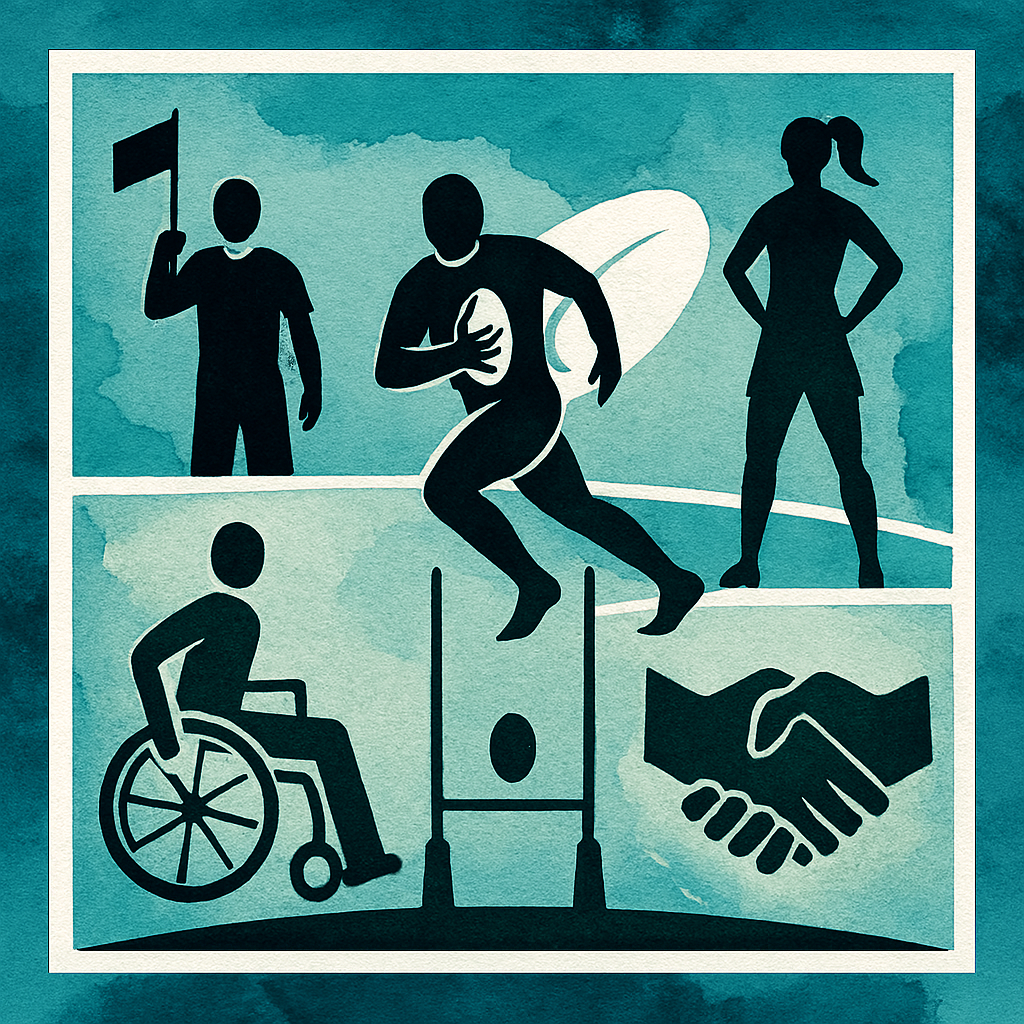

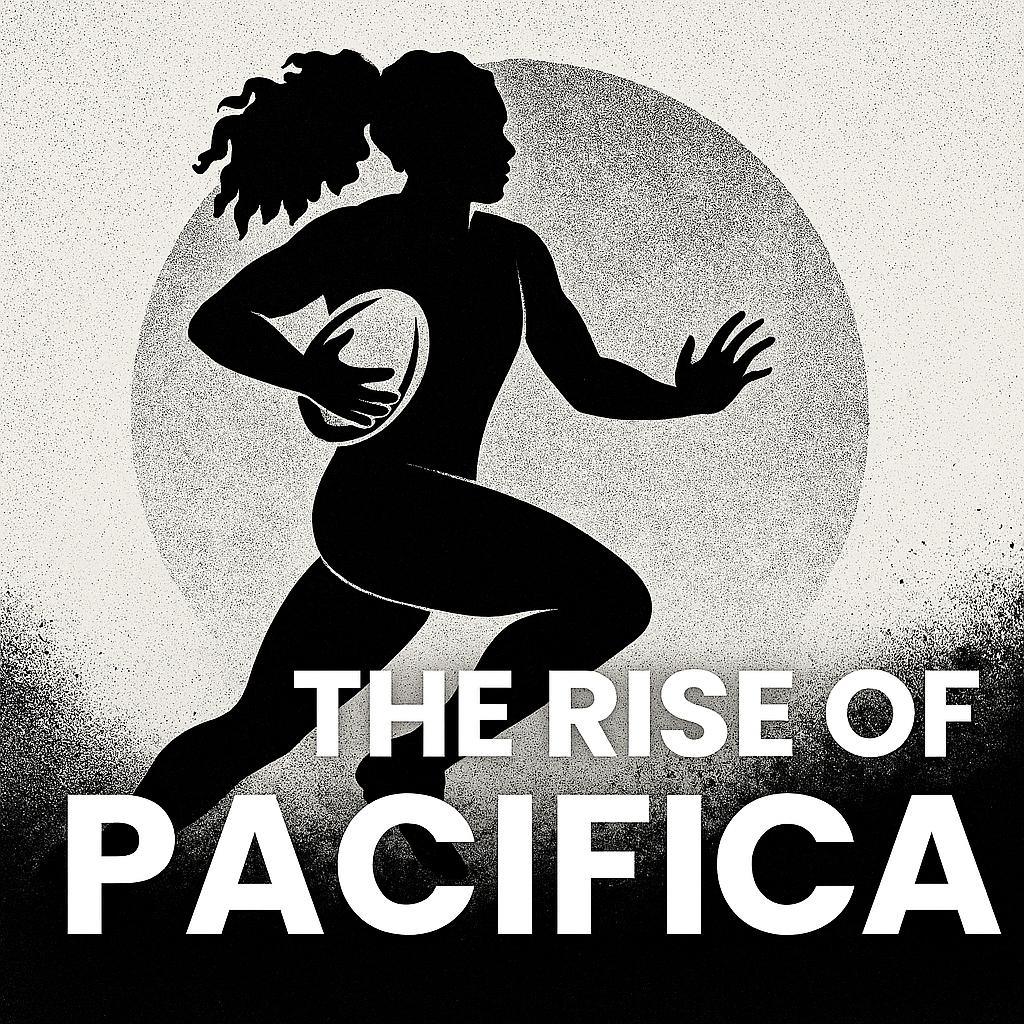
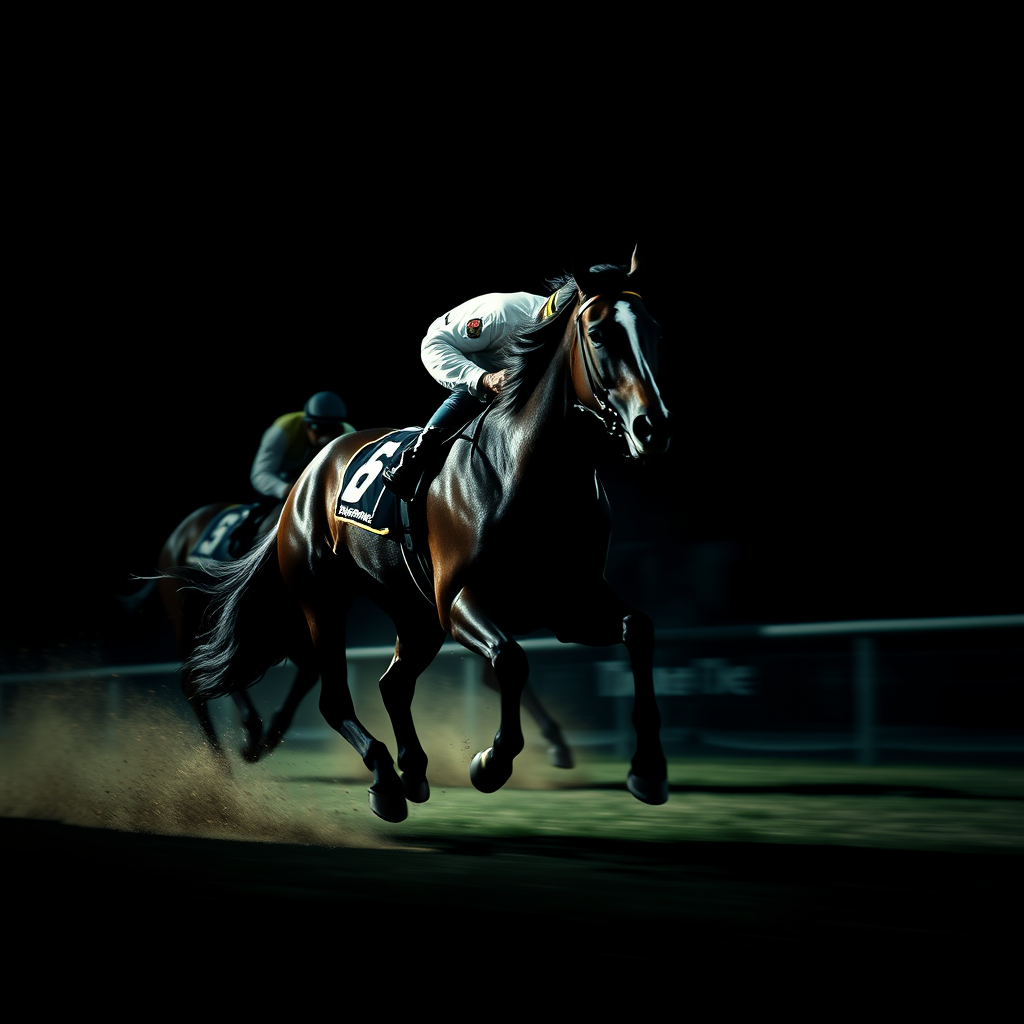


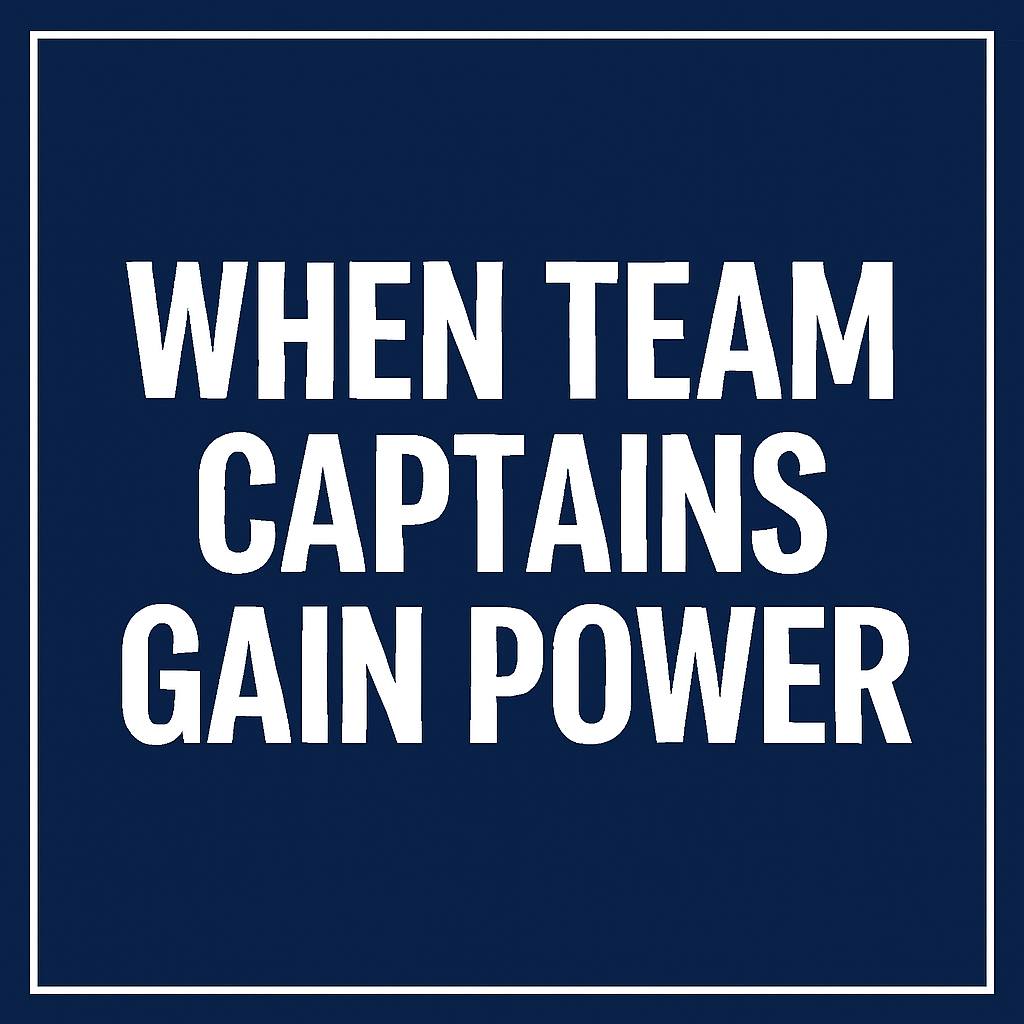
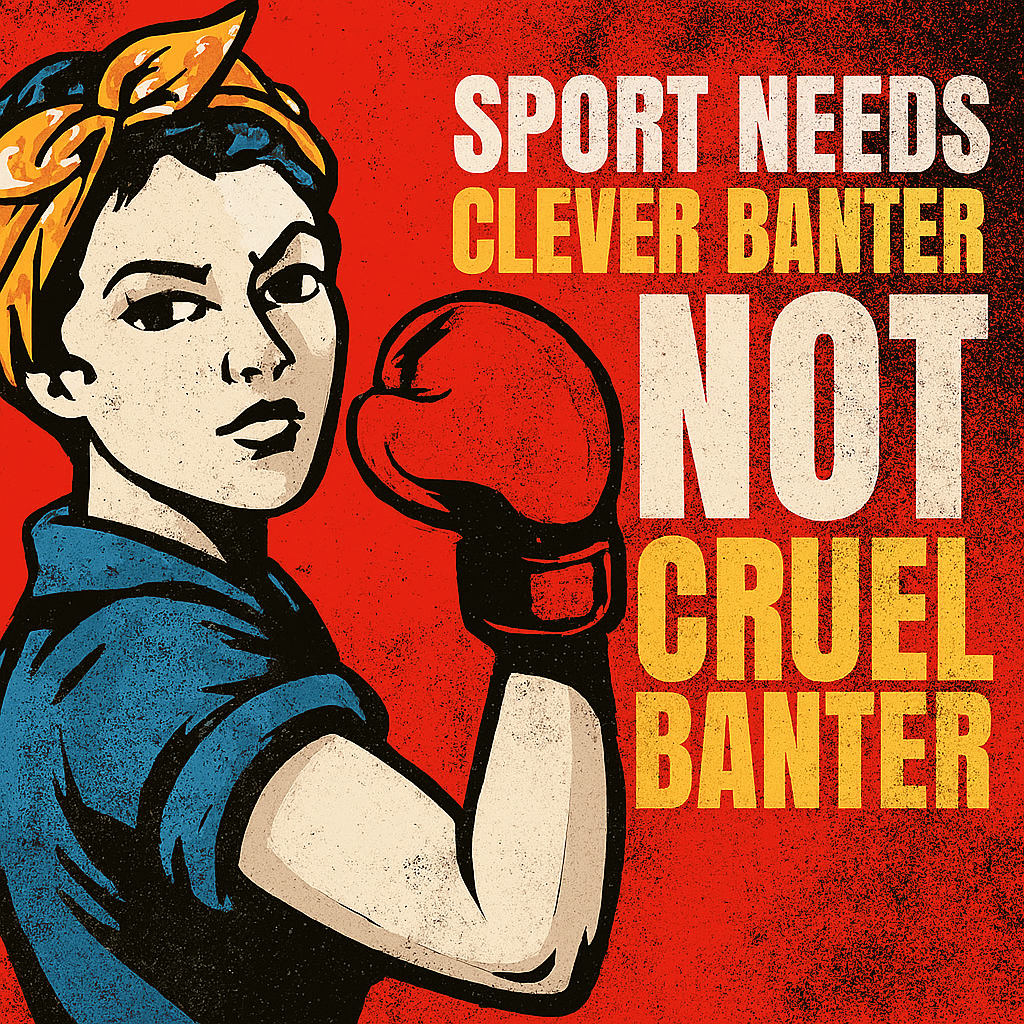
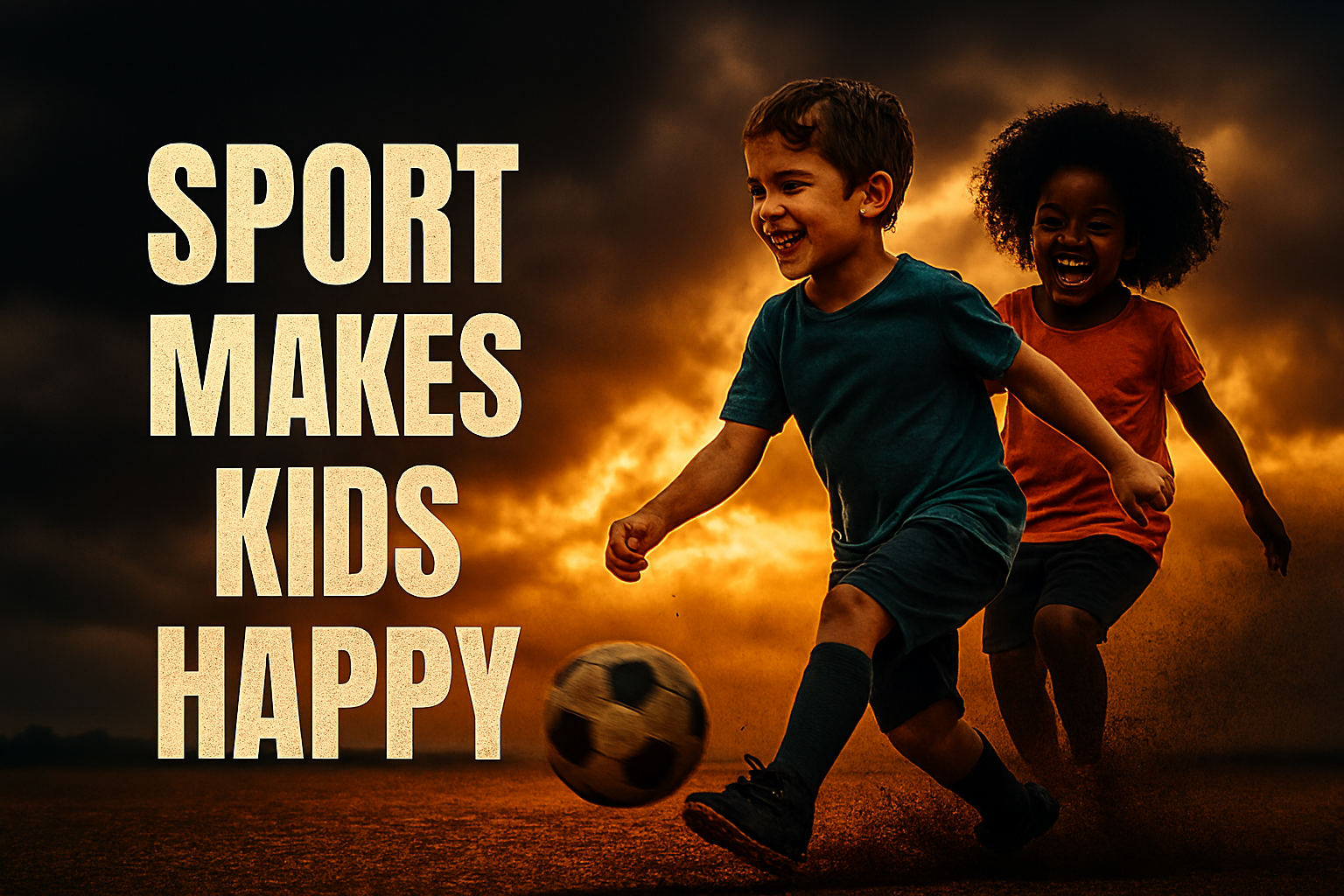

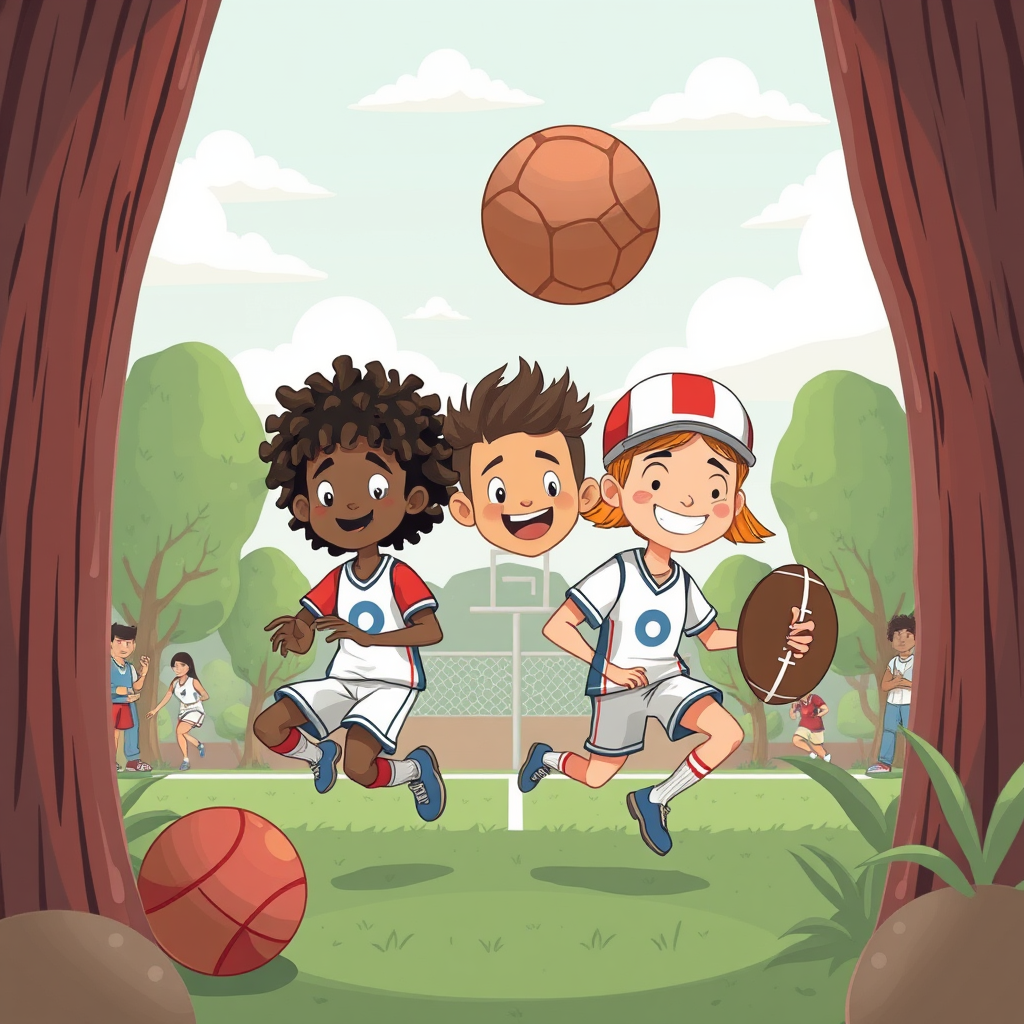

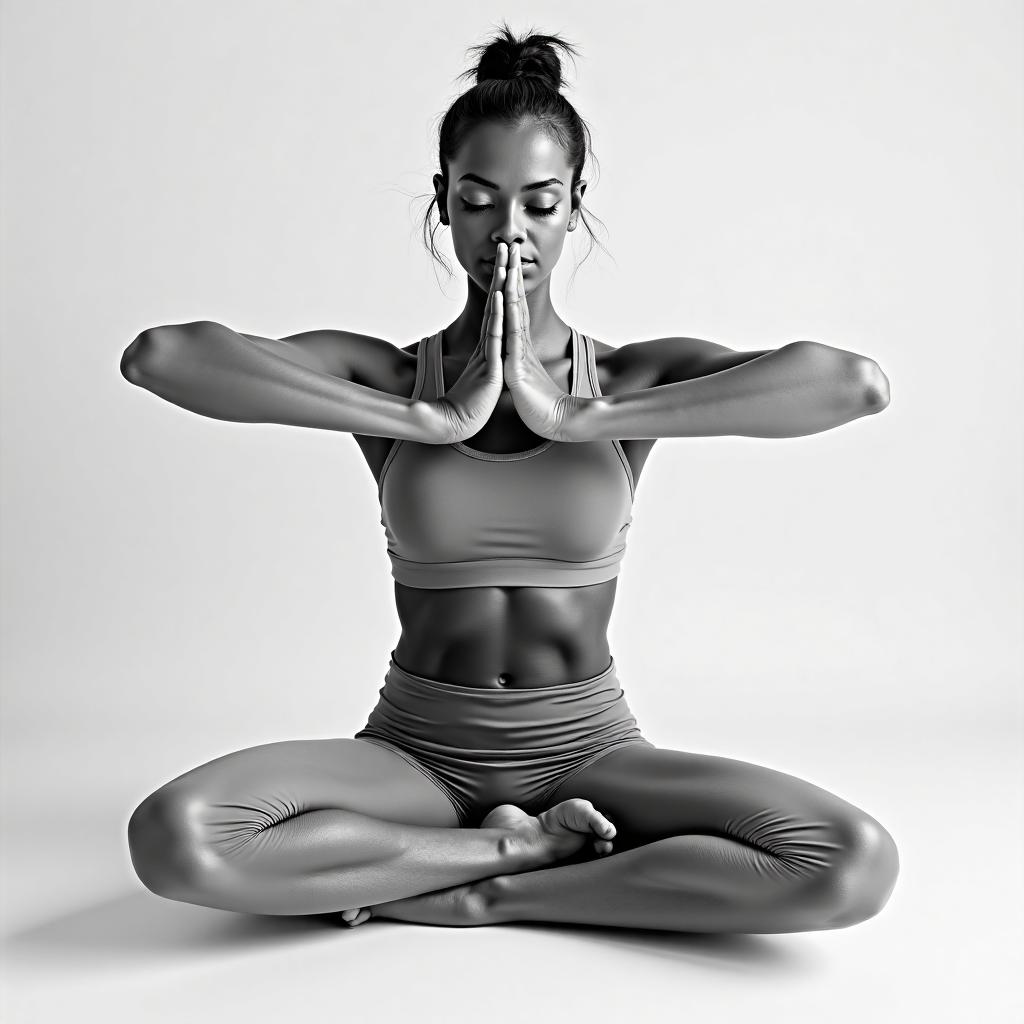
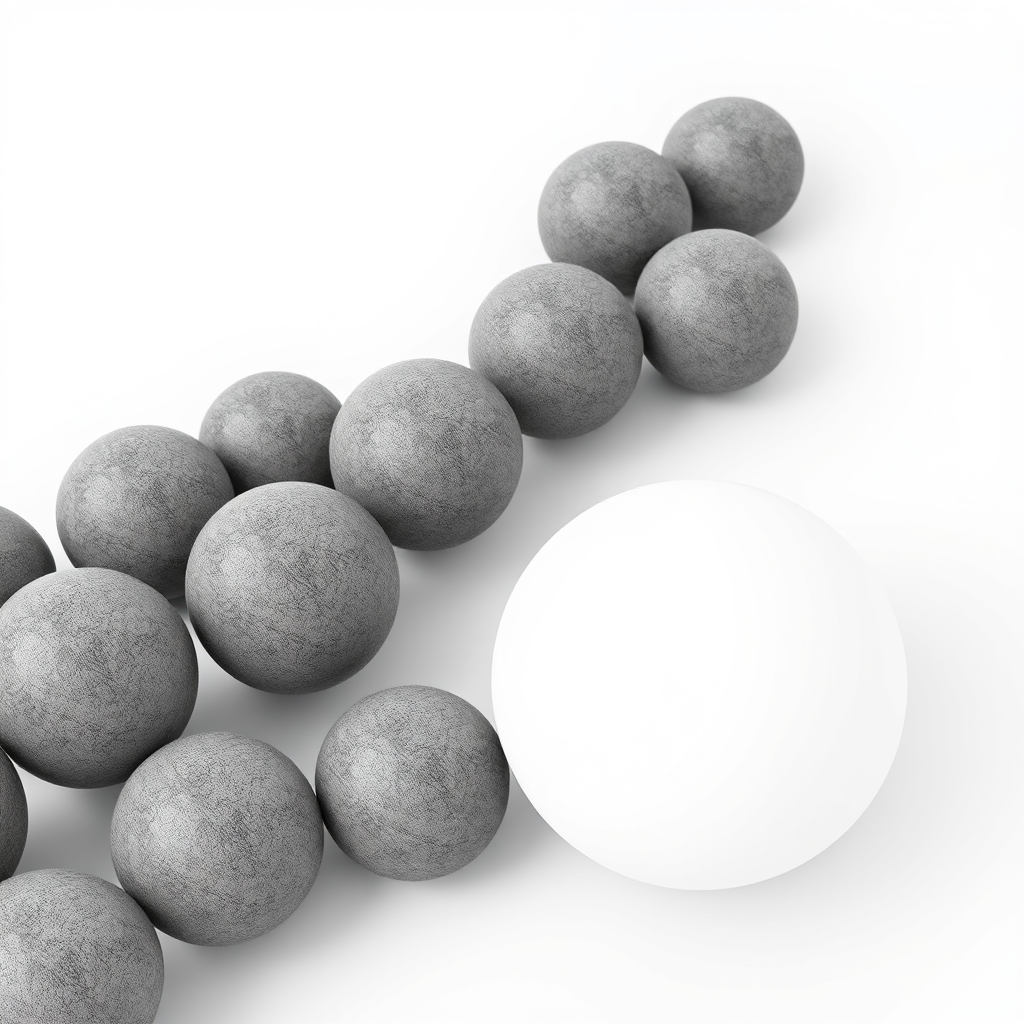
Leave a Reply